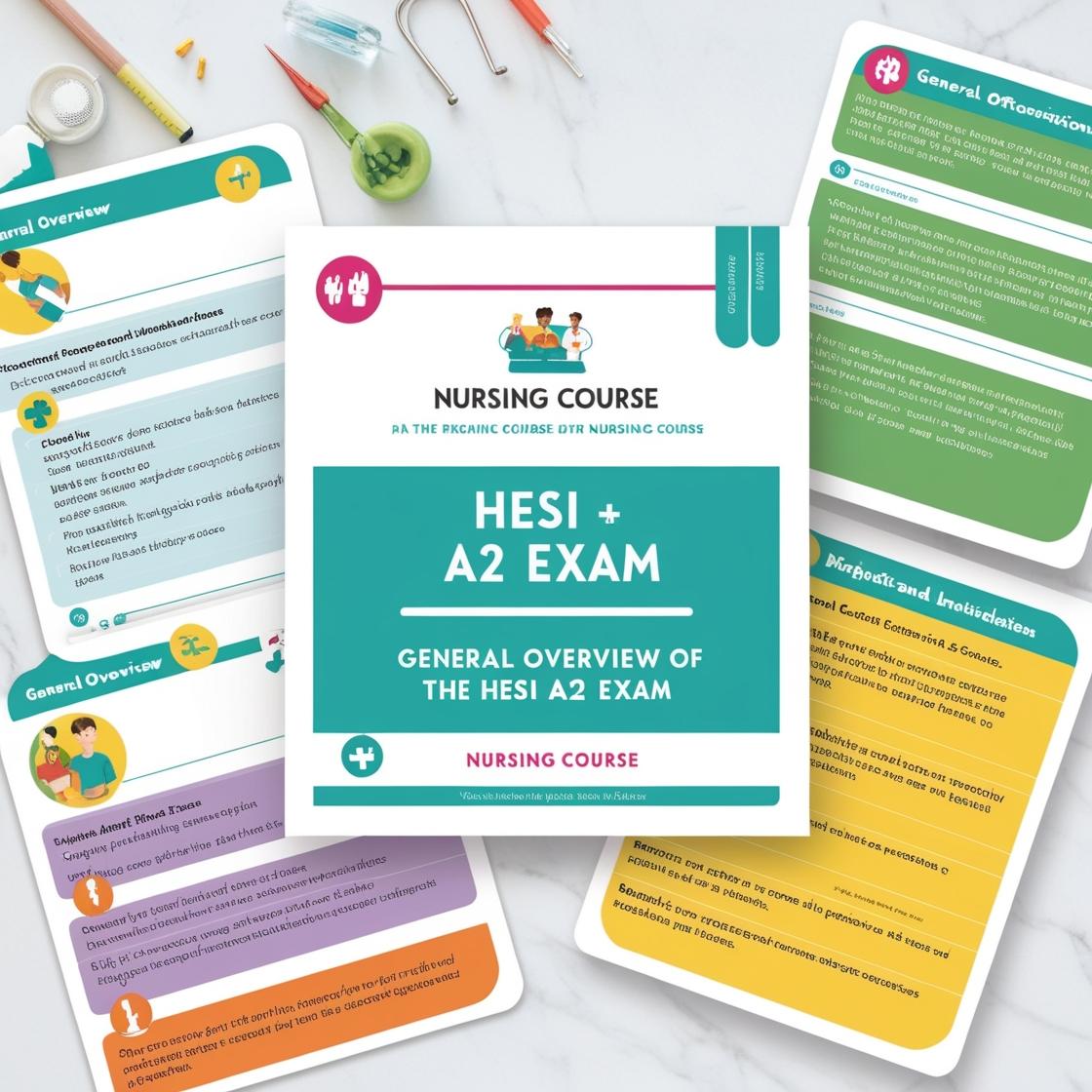HESI A2
HESI A2 Math Practice Test
1. What is the volume of water needed to fill a rectangular swimming pool with dimensions 10 meters by 5 meters and a depth of 2 meters?
- A. 50 cu m
- B. 100 cu m
- C. 150 cu m
- D. 200 cu m
Correct answer: B
Rationale: To find the volume of the rectangular swimming pool, you need to multiply the length by the width by the depth. Volume = Length x Width x Depth. Therefore, Volume = 10m x 5m x 2m = 100 cubic meters. This means it takes 100 cubic meters of water to fill the pool. Choices A, C, and D are incorrect as they do not correctly calculate the volume based on the provided dimensions.
2. Louise wins $25 in a raffle at the fair. She spends $50 on an apple pie and $25 on lemonade. How much of her winnings does she take home?
- A. $12.75
- B. $16.25
- C. $18.25
- D. $19.50
Correct answer: B
Rationale: Louise's total spending is $50 + $25 = $75. To find out how much of her winnings she takes home, we need to subtract her total spending from her winnings: $25 - $75 = -$50. Louise actually loses $50 as she spends more than her winnings. Therefore, she doesn't take home any money and would be in debt by $50. The correct answer is $25 - $75 = -$50, indicating that she does not take home any winnings and is in a deficit.
3. How many pints are there in 4 quarts?
- A. 2 pints
- B. 8 pints
- C. 16 pints
- D. 32 pints
Correct answer: B
Rationale: To convert quarts to pints, we know that 1 quart is equivalent to 2 pints. Therefore, to find out how many pints are in 4 quarts, we multiply 2 pints by 4, which equals 8 pints. Hence, the correct answer is 8 pints. Choice A (2 pints) is incorrect because it represents the conversion of 1 quart, not 4 quarts. Choice C (16 pints) and Choice D (32 pints) are incorrect as they miscalculate the conversion by not considering the correct conversion factor of 2 pints per quart.
4. What number is 80 125% of?
- A. 48
- B. 64
- C. 68
- D. 78
Correct answer: B
Rationale: To find the number that 80 is 125% of, we can set up the equation: x = 80 / 1.25. Solving this equation gives x = 64. Therefore, 80 is 125% of 64. Choice A (48) is incorrect because it is not the correct value that 80 is 125% of. Choice C (68) is incorrect as it is not the value that satisfies the given percentage relationship. Choice D (78) is incorrect as it does not match the calculation result.
5. Multiply: 32 × 5 and express the result in decimal form.
- A. 0.0016
- B. 0.016
- C. 0.16
- D. 1.6
Correct answer: D
Rationale: To find the product of 32 and 5, you simply multiply the two numbers: 32 × 5 = 160. Therefore, when expressed in decimal form, the answer is 1.6. Choices A, B, and C are incorrect as they do not represent the correct multiplication result in decimal form. Choice A is way too small, choice B is also too small, and choice C is close but still not the correct result.
Similar Questions

Access More Features
HESI A2 Basic
$89/ 30 days
- 3,000 Questions with answers
- 30 days access @ $89
HESI A2 Premium
$129.99/ 90 days
- Actual HESI A 2 Questions
- 3,000 questions with answers
- 90 days access @ $129.99
